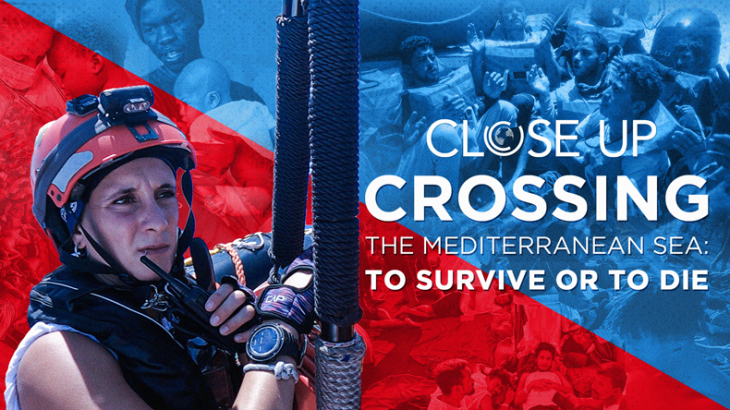
Why is it so hard to rescue refugees crossing to Italy?
An MSF ship heads out to rescue asylum seekers from Libya who risk their lives by crossing one of the deadliest migrations routes in the world.
“This sea has become a graveyard, so every second, every minute is important,” says Fulvia Conte, a team leader on board the Geo Barents, a search-and-rescue ship operated by Doctors Without Borders (Medecins Sans Frontieres, or MSF) that sets out at sea searching for asylum seekers desperate to reach Europe.
The Mediterranean crossing remains the deadliest known migration route worldwide. Every day, six people die trying to reach Europe in vessels that are not seaworthy. “Imagine you put all your life in one bag, you put yourself and your family on a boat hoping not to lose your life at sea,” says Conte when describing the dire situation migrants face before making the treacherous crossing. “Many say that they would rather die at sea than go back to Libya.”
Keep reading
list of 3 itemsWho is Italy’s leadership hopeful Giorgia Meloni?
Who is running, how does voting work in Italy’s election?
For years, Libya has been a transit country for refugees and economic migrants fleeing poverty, persecution and conflict in sub-Saharan Africa and the Middle East. Many arrive in Libya hoping for a better life in the sanctuary of Europe. But the lawlessness of the country means corruption, abuse, and torture by armed groups are prevalent, with human trafficking from Libya across the Mediterranean being a multimillion-dollar business.
As governments around Europe take a harsh stance on immigration, it is people like Conte and her team at MSF who take on the search-and-rescue responsibilities.
In this episode of Close Up, we follow Conte and her team on board Geo Barents as they work tirelessly to save lives at sea and navigate the crackdown on immigration by European governments.
CREDITS:
A film by Raul Gallego Abellan
Editors: Raul Gallego Abellan
Producers: Raul Gallego Abellan & Tierney Bonini
EP: Tierney Bonini